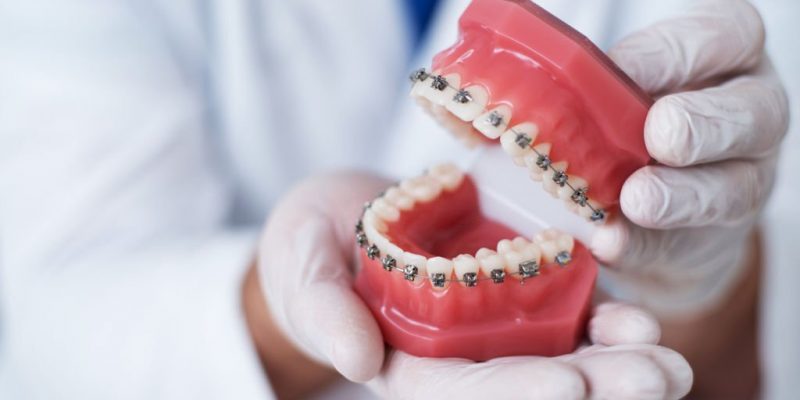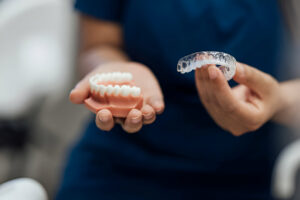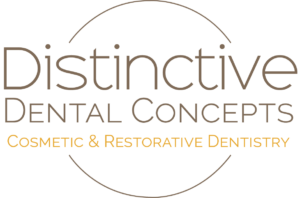Orthodontic treatment can take many different forms. The most appropriate action for you may depend on your particular condition. Perfectly symmetrical jaws and teeth are the foundation for a robust, appealing face and good dental health.
By reducing discomfort and improving your ability to eat and drink without difficulty, the orthodontic treatment enables you to avoid more involved dental surgery. Periodontitis, dental cavities, and tooth fracture can all be avoided with orthodontic treatment.
Years ago, metal aligners were the only option for straightening teeth. However, this is not the case because of technological advancements and resources. Today, numerous dental treatment options perfectly fit every face.
Therefore, we’ll look at a few ways that receiving orthodontic treatment from an orthodontist in Garland, TX, can help you in this post.
What Is Orthodontics?
Orthodontics is the branch of dentistry that deals with misaligned teeth. A person with an overbite, underbite, crowded teeth, poor teeth, or a misaligned jaw may find it difficult to chew or speak. In these cases, orthodontic treatment is suggested to realign the teeth and make them straighter progressively.
The Benefits Of Orthodontic Treatment
Orthodontic therapy by the dentist in Garland, TX, is the best option if you have crowded or misaligned teeth. Your teeth may be straightened or repositioned as a result of this procedure.
This will make your smile more attractive and improve how your teeth bite together. Additionally, it will make cleaning your teeth much simpler.
Some people’s upper front teeth protrude, which is ugly. In addition, these teeth are prone to injury due to their misalignment. Fortunately, orthodontic treatment is a remedy that can realign your teeth and move them back into their proper place.
What Treatments Are Typically Performed In Orthodontics?
Orthodontist Garland, TX, aims to realign and align teeth and jaws to improve one’s appearance and oral health.
Curable illnesses include closing holes between teeth, fixing an uneven bite, and straightening teeth. Braces anchored inside the teeth for a defined period are utilized for this surgery. After the braces are taken off, retainers are worn.
Orthodontic operations are routinely performed for cosmetic reasons, but they can also improve dental health over the long run. Since crooked teeth are more challenging to keep healthily and are thus more susceptible to dental cavities or periodontitis, they must be fixed.
Numerous braces include fixed metal braces and removably attached clear aligners. Below is a description of the different orthodontic procedures:
Invisalign
The most popular option for adults is Invisalign treatment, which involves wearing clear aligners. A 3D scan of your teeth creates a set of custom-fit trays that progressively realign your teeth and jaw.
If you are concerned about how your orthodontic equipment will look, this covert treatment may be your best choice.
Fixed Braces
Fixed braces are a widely used device when teeth require precise guiding. These are made of brackets fastened to the teeth and connected by a flexible wire. Since this item is momentarily linked to the teeth, you cannot remove it.
There may be alternatives to connect these to the interior of the teeth, but the front of the teeth is where they are most frequently linked.
At appointments, your dentist in Garland, TX, will twist the cable to put extra pressure on your teeth. The teeth will eventually shift into the proper position due to the strain.
Removable Braces
A detachable brace device is another option. You can remove this plate when eating and brushing your teeth. These devices are worn most of the day and have wires and springs connected that gently move teeth into place.
Headgear
This device supports proper jaw development and biting. This is typically used for developing children since it will direct jaw development. It is generally worn in the evenings or at nighttime. However, each person’s case is unique.
Retainers
Depending on your circumstances, a retainer could be fixed or removably attached. For example, metal chains or wires attached to the backside of your teeth are known as fixed retainers. Metal wiring or transparent trays are two examples of removable retainers.
The Bottom Line
While some individuals may find these procedures tiresome or complex, the finished product has several benefits. In regards to providing a more appealing smile, individuals will gain from having a more substantial bite.







